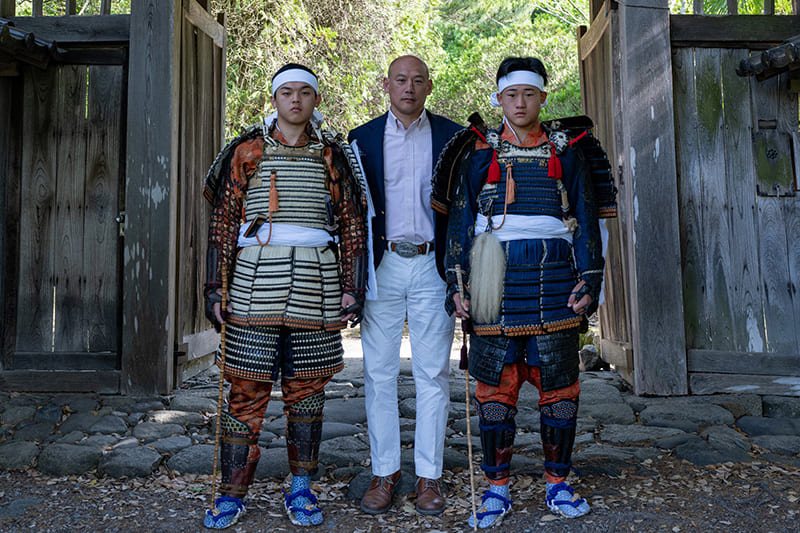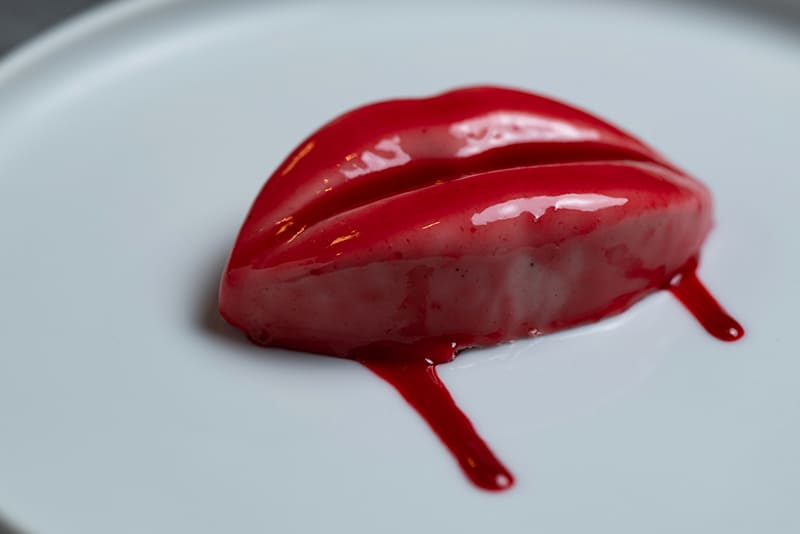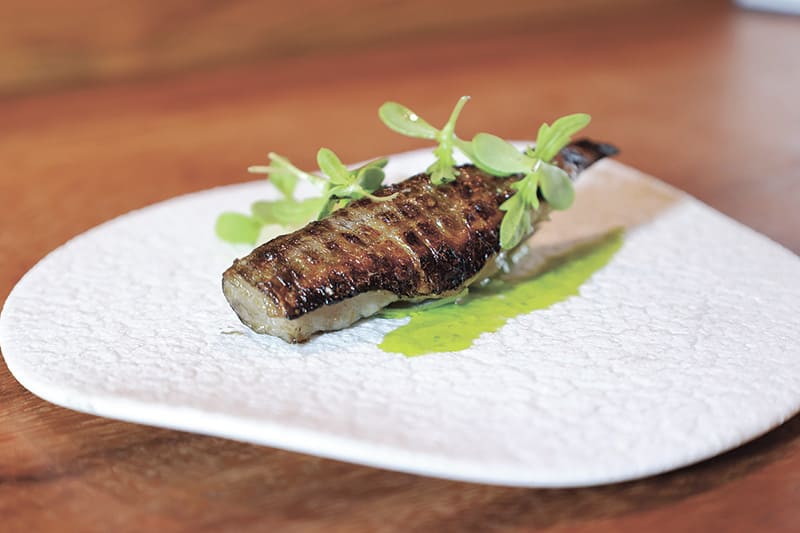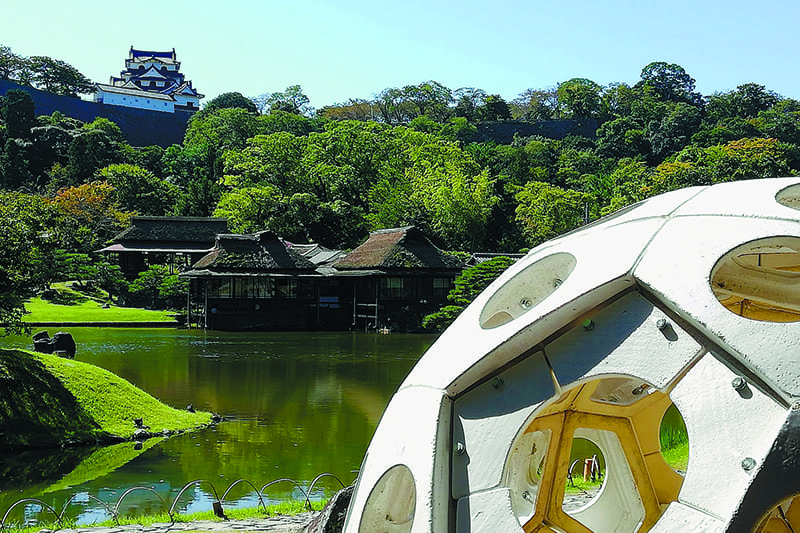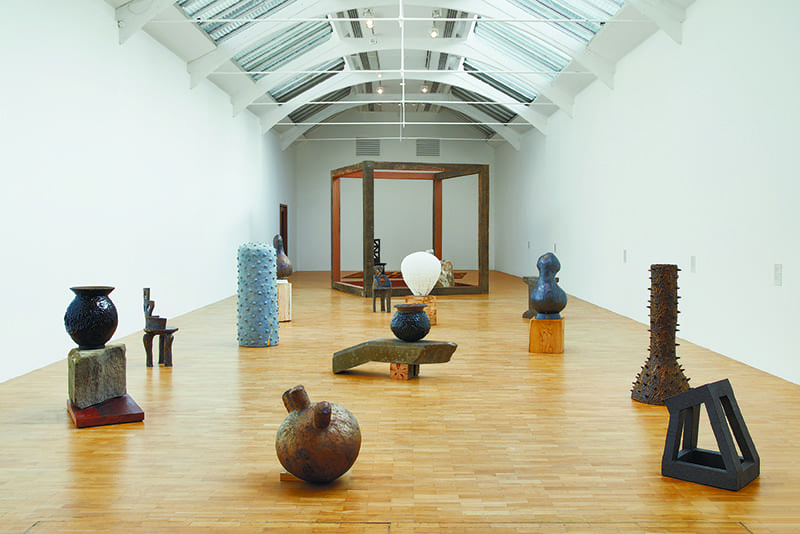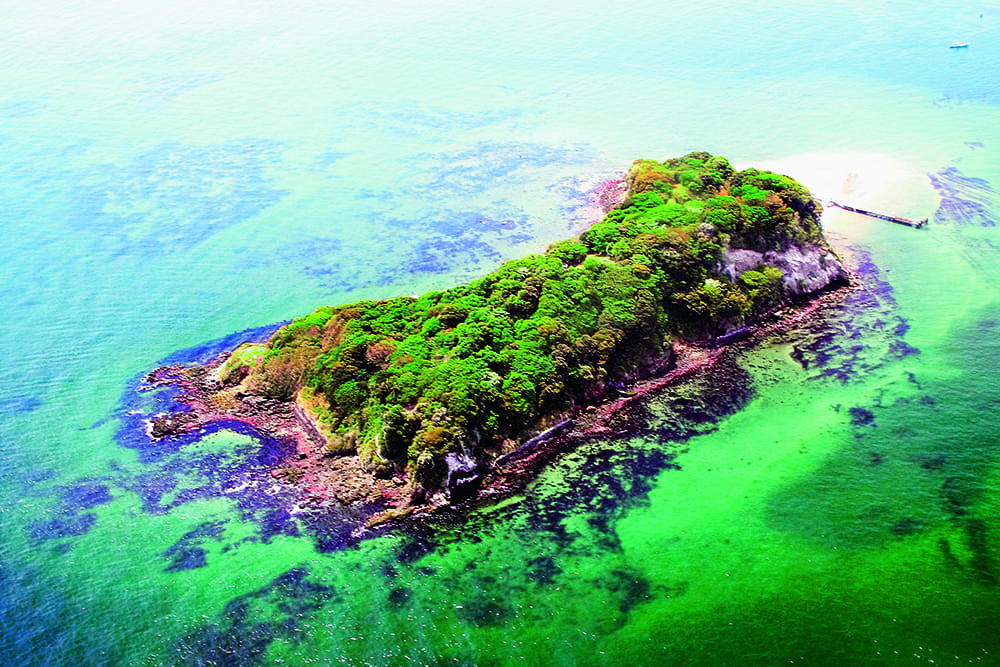June 28, 2024
Exploring Japanese culturevia Tohoku’s festivals
SCHEDULE
Seven top Tohoku summer festivals
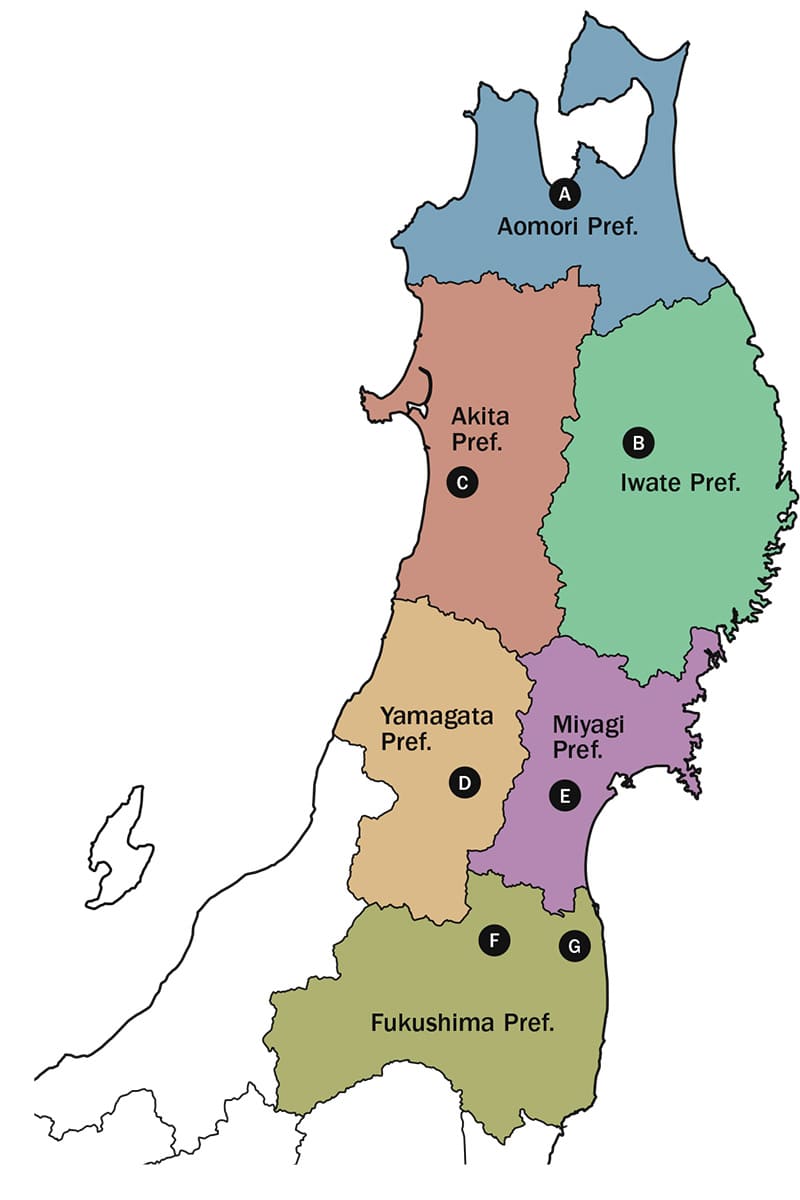
Northern Honshu’s Tohoku region consists of six prefectures: Aomori, Iwate, Miyagi, Akita, Yamagata and Fukushima. In “Kojiki” and “Nihonshoki,” ancient history books compiled in the first half of the eighth century, it is called Michi no Oku, meaning a land far from the capital. Beyond the reach of the imperial court, Michi no Oku had its own culture.
These days, of course, access from the current capital has improved dramatically with the opening of the Tohoku Shinkansen in 1982 (reaching Shin-Aomori in 2010), the Yamagata Shinkansen in 1992 and the Akita Shinkansen in 1997. Each prefecture also has airports, making it possible to reach them by air as well.
Because of Tohoku’s cold climate, its festivals are concentrated in the summer months. The three most popular are Nebuta (Aomori Prefecture), Kanto (Akita Prefecture) and Sendai Tanabata (Miyagi Prefecture), which together are known as Tohoku’s “three major festivals.” Since the Great East Japan Earthquake in 2011, another festival has been held: Tohoku Kizuna Matsuri, which brings together elements of the three major festivals and three others, namely Morioka Sansa Odori in Morioka, Iwate Prefecture, Yamagata Hanagasa Festival in the city of Yamagata and Fukushima Waraji Festival in the city of Fukushima.
The prefectures take turns hosting the event, which is aimed at remembering the victims of the disaster and promoting reconstruction. This year it was held on June 8 and 9 in Sendai. Next year it will be suspended due to Expo 2025 in Osaka, but in 2026 it will be held in Morioka.
This year’s Tohoku Kizuna Matsuri is over, but the six summer festivals are still coming up. They would make a great excuse for a trip to Tohoku!
A:Nebuta
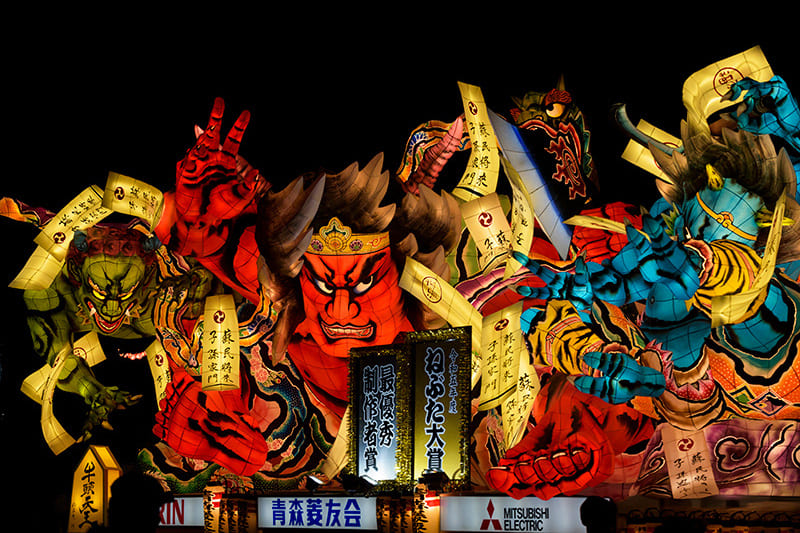
Location: Towns throughout Aomori Prefecture
Dates:
Aug. 2 to 7 (Aomori Nebuta Festival)
Aug. 1 to 7 (Hirosaki Neputa Festival)
URL: https://www.nebuta.jp/
This festival is thought to have originated in the Tanabata Festival, which was introduced from China around the eighth century. It is believed that the paper-and-bamboo lanterns that are floated on rivers or the sea to pray for good health in the Tanabata Festival evolved into Nebuta’s giant illuminated floats that often depict human figures. Although Nebuta festivals are held throughout Aomori, the biggest and most famous are Nebuta in the city of Aomori and Neputa in Hirosaki, both of which were designated as Important Intangible Folk Cultural Properties in 1980.
In Aomori’s Nebuta, more than 20 enormous illuminated nebuta — human-shaped floats constructed of bamboo, wood, wire and paper — are paraded through the city. Each float is different, and many depict legendary warlords who helped shape the region’s history. Behind each float is a procession of dancers called haneto who jump up and down to the music, adding to the festive atmosphere.
B:Morioka Sansa Odori
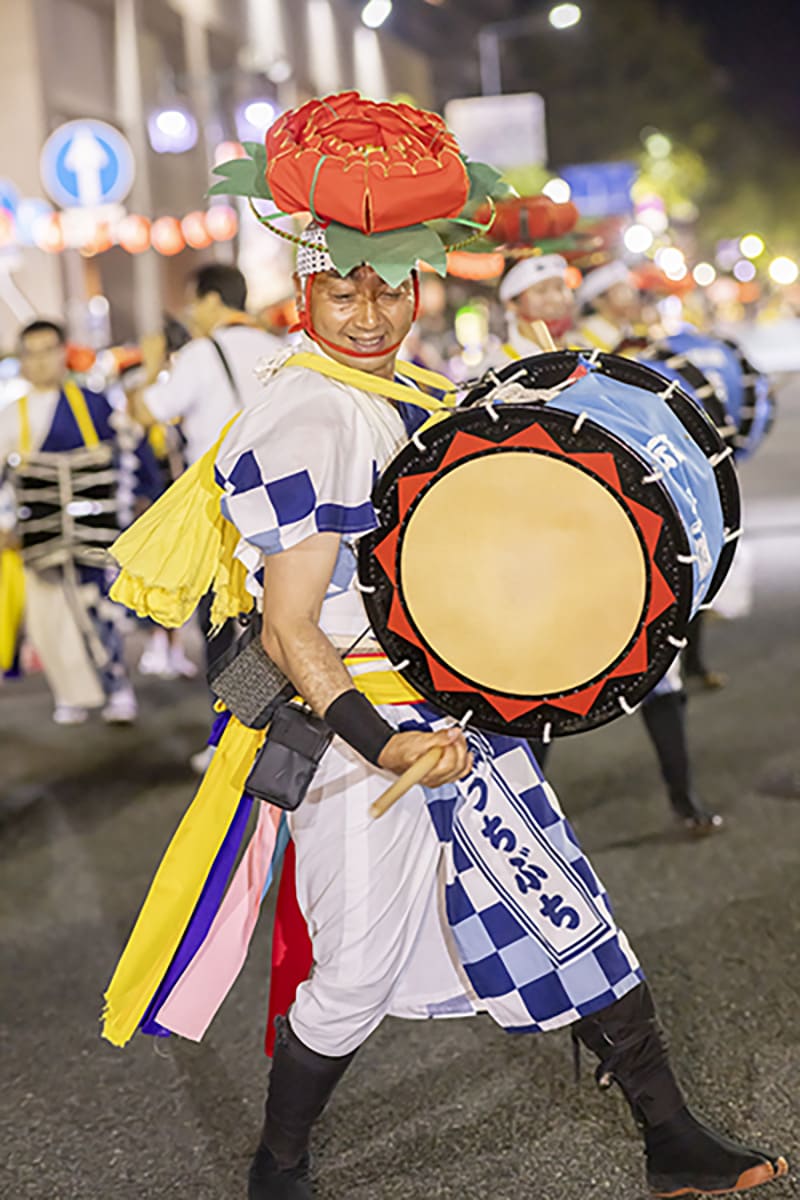
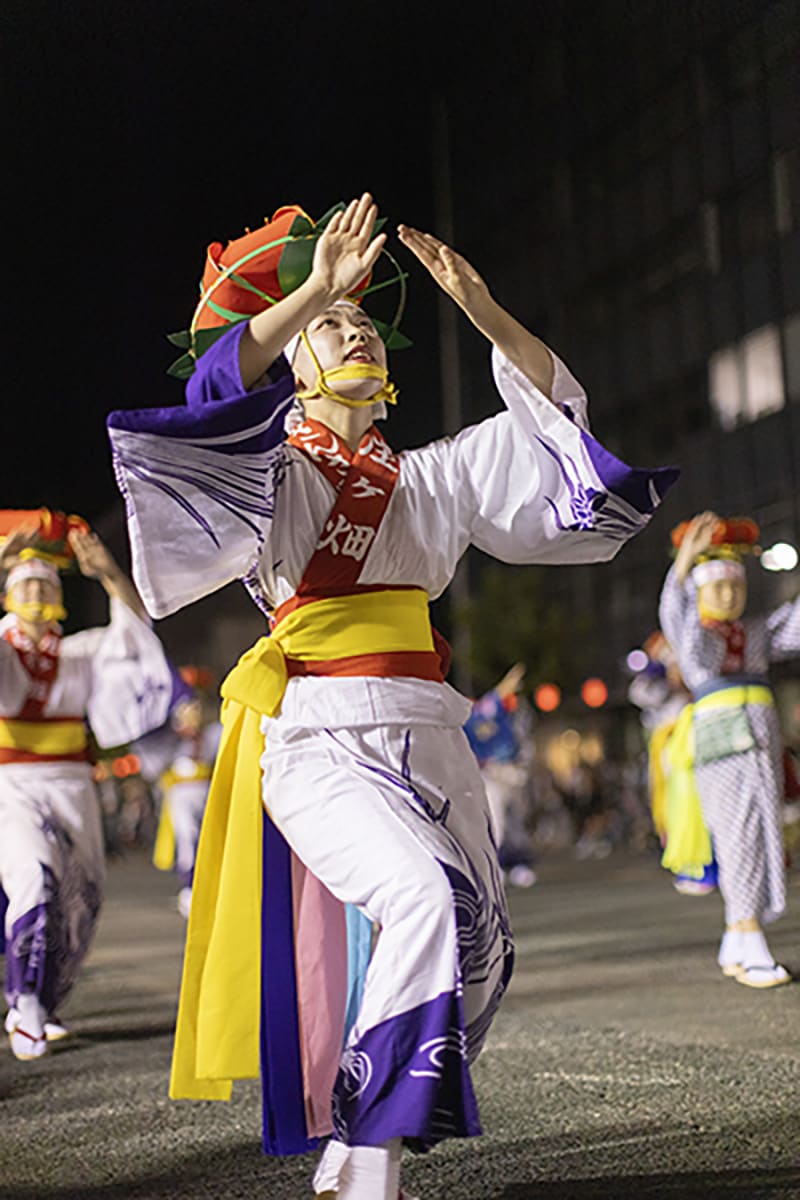
COURTESY: ORGANIZING COMMITTEE OF MORIOKA SANSA ODORI FESTIVAL
Location: Morioka, Iwate Prefecture
Dates: Aug. 1 to 4
URL: https://sansaodori.jp/
Morioka Sansa Odori was started in 1978 as a sightseeing event that combined traditional Sansa Odori festivals that had been held around Morioka since the Edo Period (1603–1868). It is believed that the dance festivals stem from the legend of Mitsuishi. The story goes that an evil demon appeared in the southern part of the Morioka domain and terrorized the locals, who prayed to the god of the Mitsuishi Shrine for help. Hearing their prayers, the Mitsuishi god captured the demon and made it put its handprint on three huge rocks in the shrine grounds and vow not to misbehave again. (This same tale is thought to explain Iwate Prefecture’s name, as “iwa” means rock and “te” means hand.) Delighted that they had been saved, the locals danced around the Mitsuishi Shrine, calling out, “Sansa, sansa!” — and this was the origin of the dance.
The highlight of the festival is a parade involving more than 5,000 taiko drums and 6,000 flutes. Spectators are welcome to join in the dancing.
C:Akita Kanto Festival
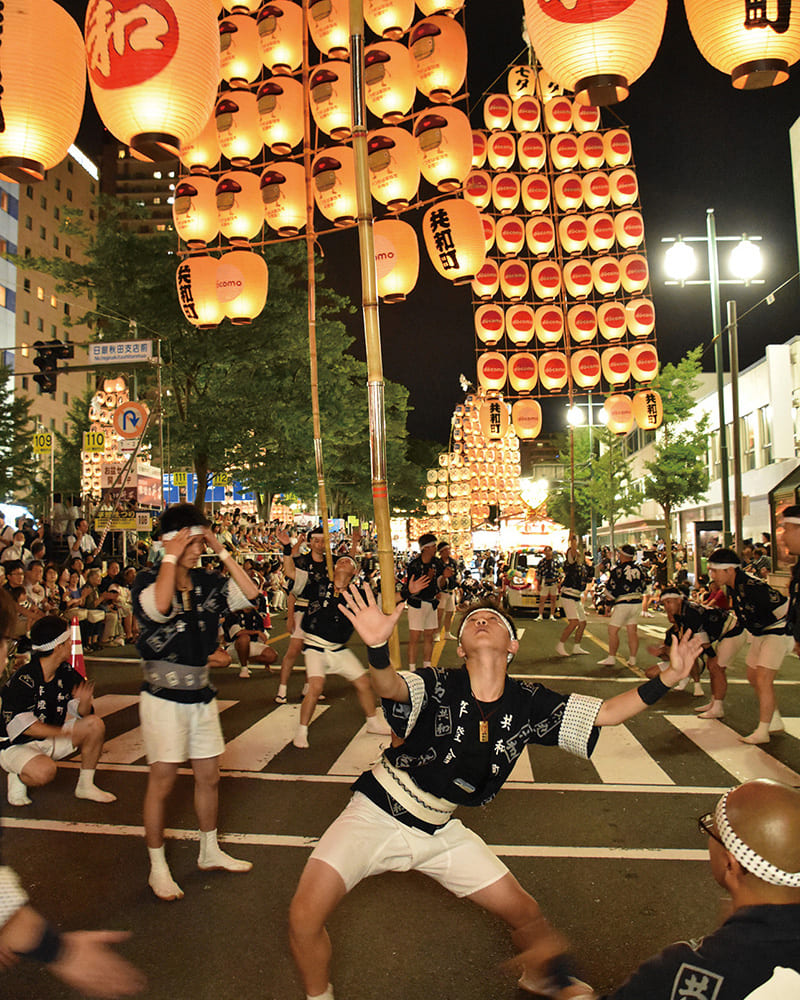
Location: Akita, Akita Prefecture
Dates: Aug. 3 to 6
URL: https://www.kantou.gr.jp/
Kantō are large bamboo structures adorned with many lanterns. Designed to resemble ears of rice ready for harvest, they are carried by bearers who balance them on their forehead, hips or shoulders to pray for a good harvest. It is believed the festival in its current form was started by craftsmen and merchants in the late 18th century (the middle of the Edo Period). However, it can be traced back further to the Nemuri Nagashi festival, in which large bamboo branches decorated with strips of paper with wishes written on them are paraded and then set floating on a river. Nemuri Nagashi was held to drive away evil spirits and the sleepiness of midsummer.
The most notable feature of the Akita Kanto Festival is the skill of the kantō bearers. Although the kantō can be 12 meters long, weigh 50 kilograms and have 46 lanterns hanging from them, the bearers still manage to shift them between their forehead, shoulders and hips. The bearers’ skills are judged and a winner is chosen every year. Another highlight of the festival is the nighttime procession of kantō through the center of the city. In 1980, the festival was designated as an Important Intangible Folk Cultural Property.
D:Yamagata Hanagasa Festival
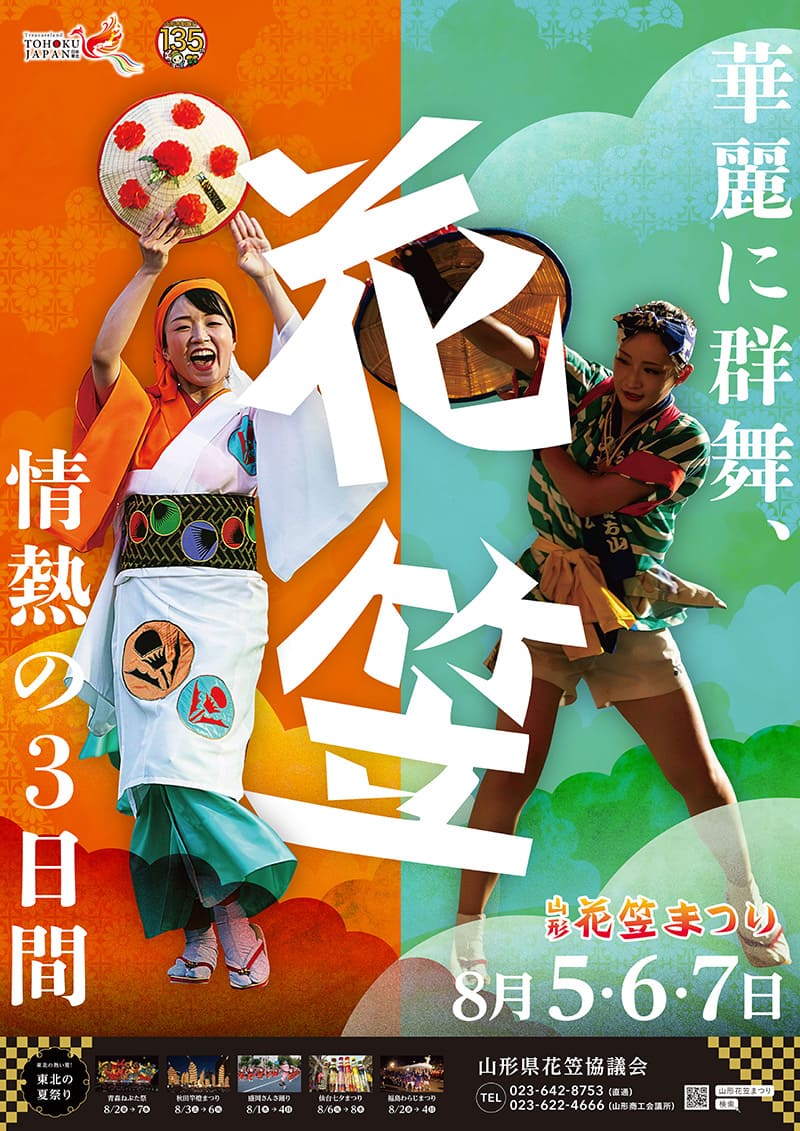
Location: Yamagata, Yamagata Prefecture
Dates: Aug. 5 to 7
URL: https://www.hanagasa.jp/
Held in several locations throughout Yamagata Prefecture, the Hanagasa Festival sees people parade through the streets wearing sedge hats decorated with red flowers and dancing to the tune of the folk song “Hanagasa Ondo.” The most famous of these is the Yamagata Hanagasa Festival, held in August in the city of Yamagata. The festival began during the period of rapid economic growth after World War II. Businessman Yoshio Hattori, then the president of the Yamagata Shimbun newspaper and others, proposed making the local dance a centerpiece of a summer tourism promotion, and in 1963 the Hanagasa Ondo Parade began. Two years later, the event assumed its current form when it became independent as the Yamagata Hanagasa Festival. Along with the three major Tohoku festivals that predate World War II (Nebuta, Kanto and Sendai Tanabata), the postwar Yamagata Hanagasa Festival is sometimes known as one of the four major Tohoku festivals. It was even featured at the Festival Plaza venue (designed by Kenzo Tange) during the 1970 Osaka World Expo as part of a Japanese festival event.
E:Sendai Tanabata
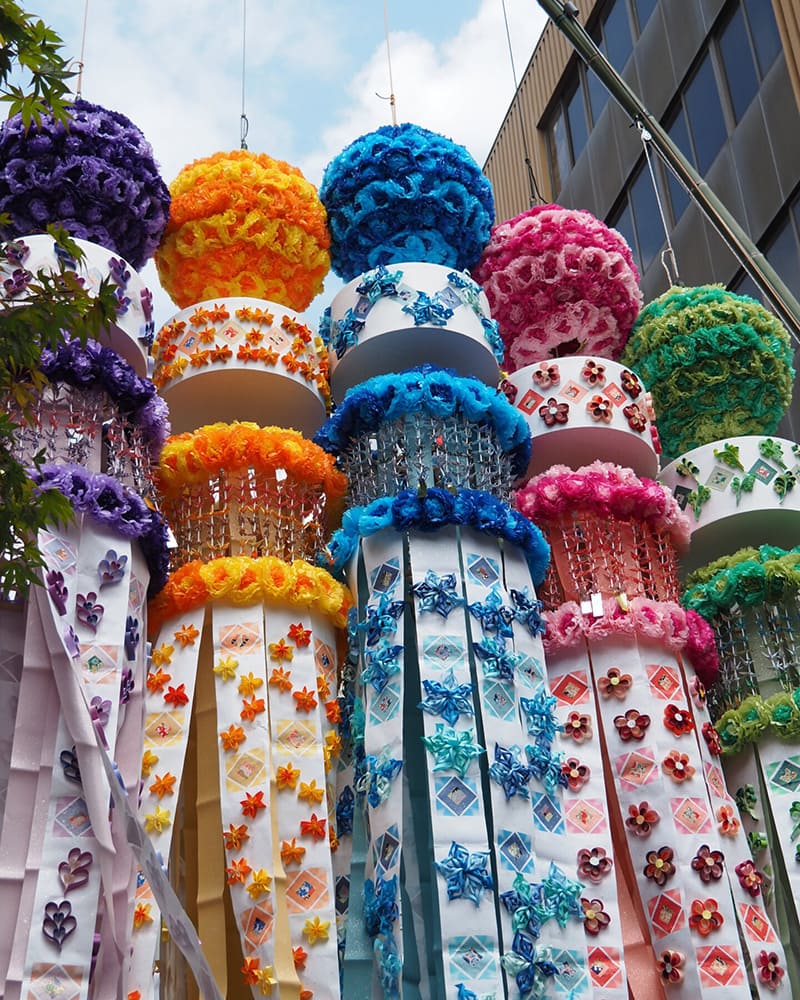
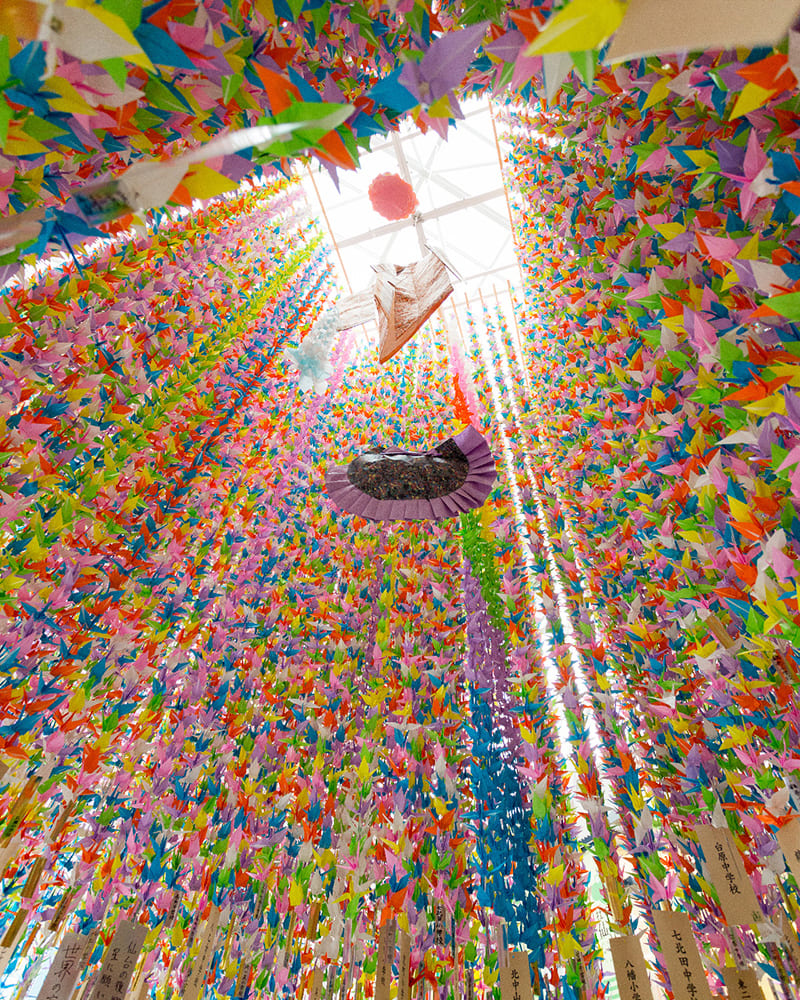
COURTESY: SENDAI CHAMBER OF COMMERCE AND INDUSTRY.
Location: Sendai, Miyagi Prefecture
Dates: Aug. 6 to 8
The Sendai Tanabata Festival is a summer festival that has been celebrated since the time of warlord Date Masamune (1567-1636), who ruled the Tohoku region from the late Warring States Period to the early Edo Period. Nebuta and Kanto, two of the three major Tohoku festivals, are derived from Tanabata, but unlike those festivals, in which deities are set out, the Sendai Tanabata Festival is about welcoming the god of the harvest to ensure bountiful supplies of rice. This is also thought to explain why the Tanabata Festival has flourished in Tohoku, as good harvests were essential to protect against extreme cold snaps that have occasionally caused famine — two major famines during the Edo Period killed 250,000 and 300,000 people.
After the Gregorian calendar was adopted during the Meiji Era (1868-1912), the event gradually faded away, but in 1927, in an attempt to counter economic recession, volunteers from Sendai shopping districts revived the festival’s decorations. Since Japan’s defeat in World War II, the Tanabata Festival has continued to grow, and now more than 2 million tourists flock to Sendai every year to enjoy the roughly 3,000 decorated bamboo branches displayed throughout the city.
F:Fukushima Waraji Festival
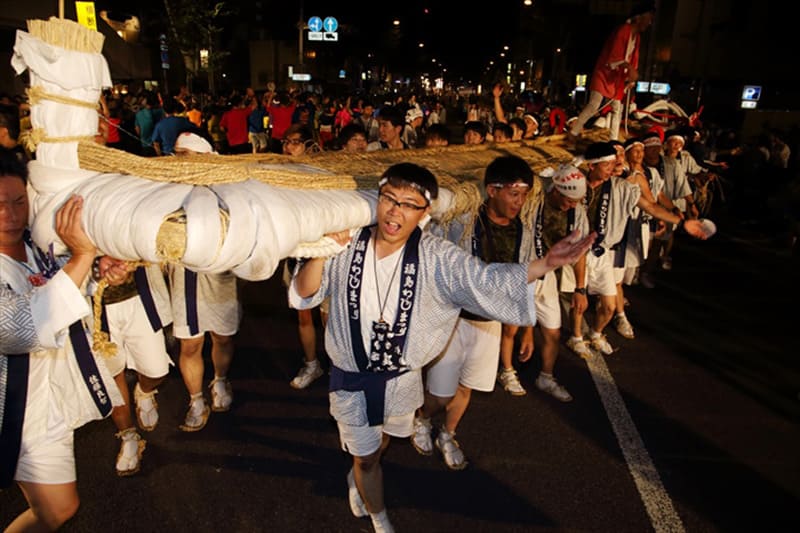
Location: Fukushima, Fukushima Prefecture
Dates: Aug. 2 to 4 this year
URL: https://www.waraji.co.jp/
The Fukushima Waraji Festival has its roots in the Shinobu Dawn Procession, a winter ritual that has continued for four centuries since the Edo Period. In this ritual, people carry a giant waraji straw sandal through the city before dedicating it at a shrine at the summit of Mount Shinobu. The waraji is 12 meters long and 1.2 wide, and weighs about 2 tons. Inspired by this long-held ritual, the Waraji Festival was started in 1970. Held in summer, it also involves a large waraji being carried through the streets and dedicated at Mount Shinobu.
The festival is held to pray for good health, as it brings the two waraji together to make a pair. The festival used to be little known outside of the prefecture, but it has become known as one of Tohoku’s six major festivals, partly because it has been included in the Tohoku Kizuna Matsuri, held since 2011 to pray for the souls of the dead and for reconstruction following the Great East Japan Earthquake.
G:Soma Nomaoi
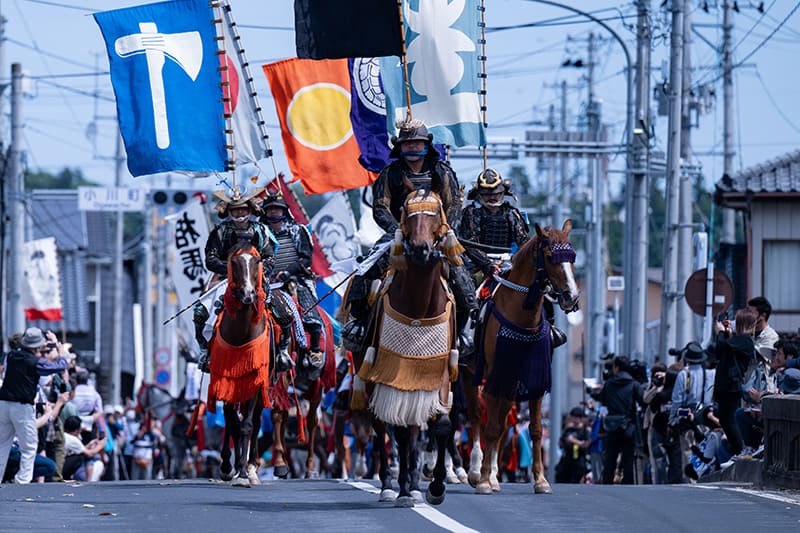
Location: Soma and Minamisoma, Fukushima Prefecture
Dates: May 25 to 27 this year
URL: https://soma-nomaoi.jp/
Soma Nomaoi is a historic festival that was designated as an Important Intangible Folk Cultural Property in 1952. The festival is said to have originated more than 1,000 years ago, in the 10th century (mid-Heian Period), when Taira no Masakado, a distant ancestor of the Soma clan who later ruled the area for about 550 years, released wild horses in Koganegahara in Shimosa Province (present-day northwestern Chiba Prefecture) and used them as enemy soldiers for military exercises. The festival’s highlights are three events held on the second day: the o-gyōretsu (procession), kacchū keiba (horse race in armor) and shinki-sōdatsusen (sacred flag battle). The day begins with the procession of approximately 400 mounted warriors marching through the streets of Minamisoma, accompanied by three portable shrines. This is followed by the horse race, with the warriors galloping in full armor, and the battle, in which they compete on horseback to retrieve flags that are launched into the air.
Traditionally, the event was held on the last weekend of July, but global warming has necessitated a change in timing — two horses died from the heat last year, and so the event has been switched to late May starting this year.
「東北の祭り」から日本文化を探る旅へ。
東北地方は8世紀前半に編纂された日本の歴史書『古事記』『日本書紀』に、都から遠い奥にある国を意味する「道奥(みちのおく)」として登場する。もちろん現在では1982年の東北新幹線の開通を皮切りに(全線開通は2010年)、山形新幹線(1992年開通)、秋田新幹線(1997年開通)と3つの新幹線が通り、アクセスは非常によい。
そんな東北地方は、寒冷地であるがゆえ、祭りは夏場に集中して行われている。「ねぶた」(青森県)、「竿灯」(秋田県)、「仙台七夕」(宮城県)は、東北の夏を代表する「三大祭り」と呼ばれている。2011年に起きた東日本大震災以降は、鎮魂と地域復興を目指し、東北6県の代表的な6つの祭りを一同に集めた「東北絆祭り」も、各県持ち回りで開催されている。これは夏の三大祭りに、「盛岡さんさ踊り」(岩手県)、「山形花笠まつり」(山形県)、「福島わらじ祭り」(福島県)を加えたもので、今年は6月8~9日の2日間、仙台市で行われた。
東北の夏祭りの本番の開催はこれから。ぜひ今年の夏は、祭りを巡る旅にでかけてみるのはいかがだろうか。
Return to Sustainable Japan Magazine Vol. 37 article list page

